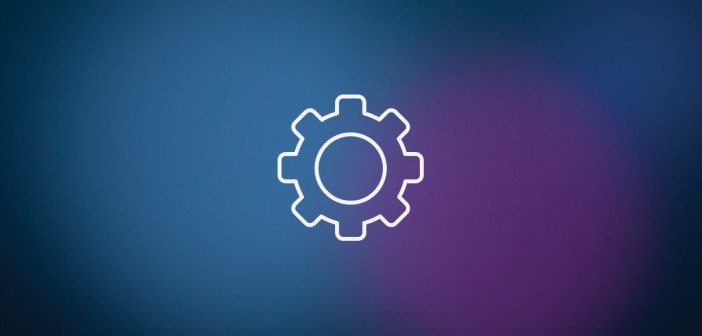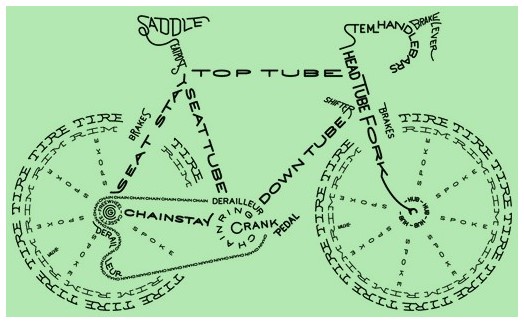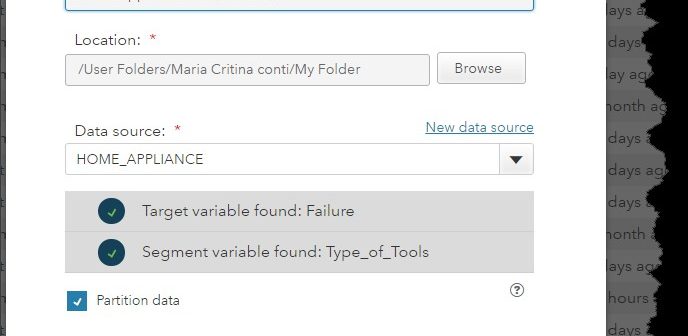
The 2016 summer games are less than a year away, and British sports fans are hoping for a performance that beats Team GB’s record medal tally at London 2012. That’s never been achieved by a country directly after hosting the Games. And the pressure’s on us in the GB Rowing Team given















